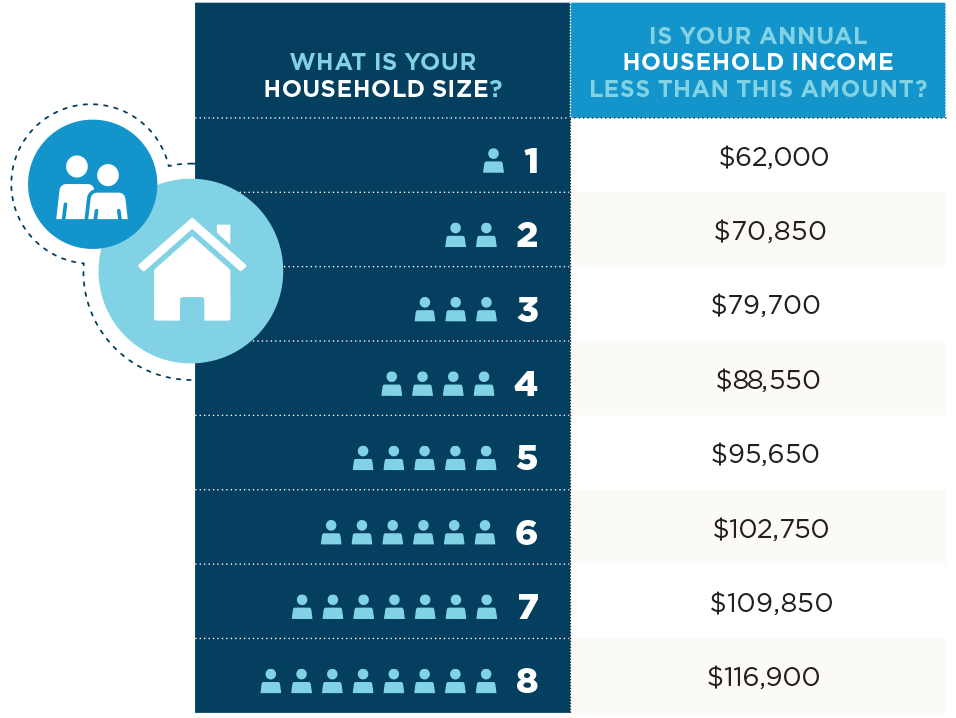
Fixed rate and adjustable rate mortgages: Find out which is right for you
You’ve qualified for a home loan and now it’s time to select a mortgage. All mortgage payments include principal and interest as a part of the payment – interest is the cost you’ll incur to borrow money from a lender.
You have the option of choosing between a fixed rate or an adjustable rate mortgage (ARM). But what’s the difference?
Each option can affect your financial future. Here’s how:
- A fixed interest rate means that your mortgage interest rate will not change over time. You will pay the same rate of interest from the time you close on your mortgage to the time you pay it off. This means the principal and interest portion of your mortgage payment won’t change over time, too.
- An adjustable rate mortgage (ARM) means your interest rate starts at a fixed rate for a defined period of time (typically anywhere from one to 10 years) but will eventually change. Usually, adjustable rates start out low and increase over time. Your new interest rate will be based on market rates at the time of the adjustment. This means your mortgage payment will change over time.
So which one is better? It depends on your appetite for risk.
- Fixed rate mortgages have less risk, and ARMs carry more risk.
- Ask yourself: If you have a change in lifestyle or income level, could you afford a higher mortgage payment down the road? If the answer is no, then perhaps an ARM isn’t the right option for you.
- A fixed rate mortgage offers stability and makes it easier to plan your finances.
Want more information about mortgages and the homebuying process? INHP can help. Check out these WISH-TV Top 8 segments about how to identify an affordable loan and the parts of a mortgage payment.
Ready to choose a mortgage? You could qualify for up to $7,5000 in down payment assistance funds by financing your home with INHP. Get started today!


